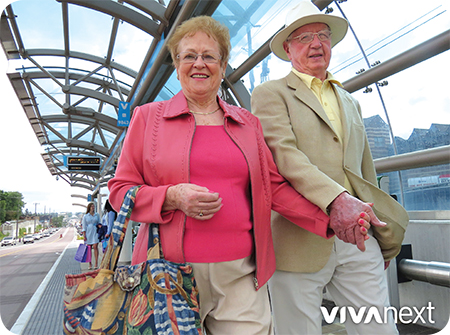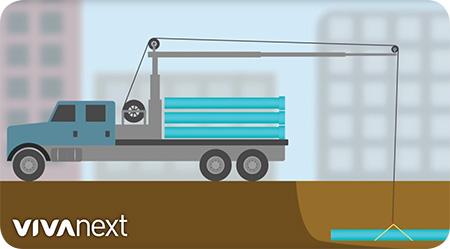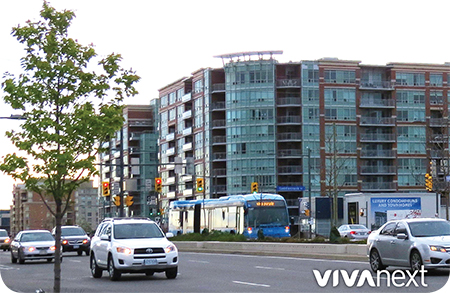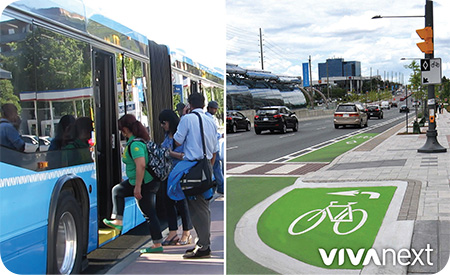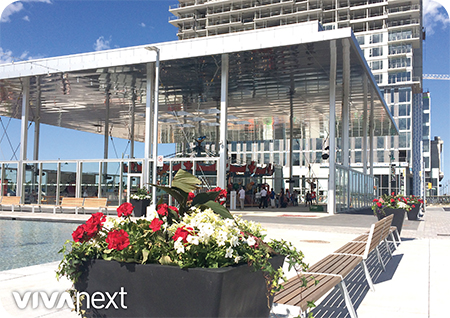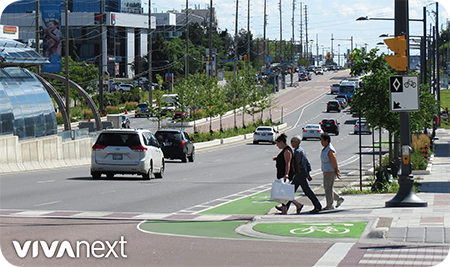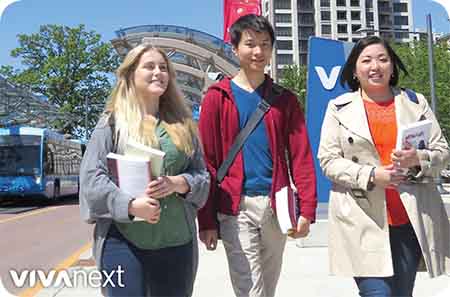
The City of Markham is growing quickly, and for some time now has been considered a major employment hub, especially in the tech sectors. According to Markham’s website, of the 10,400 companies in Markham, there are more than 400 Canadian head offices located there. This includes IBM, GE Digital Energy, Honeywell, Johnson & Johnson, Honda – you get the picture. As an article in Computer Dealer News points out, York Region and especially Markham, has the highest concentration of Information, Communication and Technology [ICT] firms in Canada. Given its role as a key employment centre, it’s no surprise Markham has a large population of residents – it’s the GTA’s fourth-largest city, and York Region’s biggest municipality.
GO, all day
So naturally, there are people travelling to and from work in Markham, and they’re going to need more options for getting there. GO trains are a popular choice, so it stands to reason that GO Transit’s Stouffville Line travelling through Markham should be expanded. Last week, MTO announced increased, all-day GO train service on weekdays, starting later this month. 17 new trains trips per weekday will double the number of weekly trips on the Stouffville line from 85 to 170. GO passengers connect to Viva and the Highway 7 rapidway at Unionville Station, and YRT at Centennial, Markham and Mount Joy Stations.
York U
Last Friday, the Province of Ontario announced $127 million in funding to help build the new York University campus in Markham. The campus has been in the plans since 2015, when the Province agreed the new campus should be located in Markham. Set to open in 2021, it will host 4,400 students – both graduate and undergraduate – and partner with Seneca Collage to offer some programs. Seneca’s Markham campus is already nearby, a stone’s throw from Allstate Station on the Highway 7 rapidway.
Markham is growing – with plans and transit in place to support that growth. Having more travel and education choices is a wonderful thing no matter where you are, and we’re excited to see it happening here in Markham!

